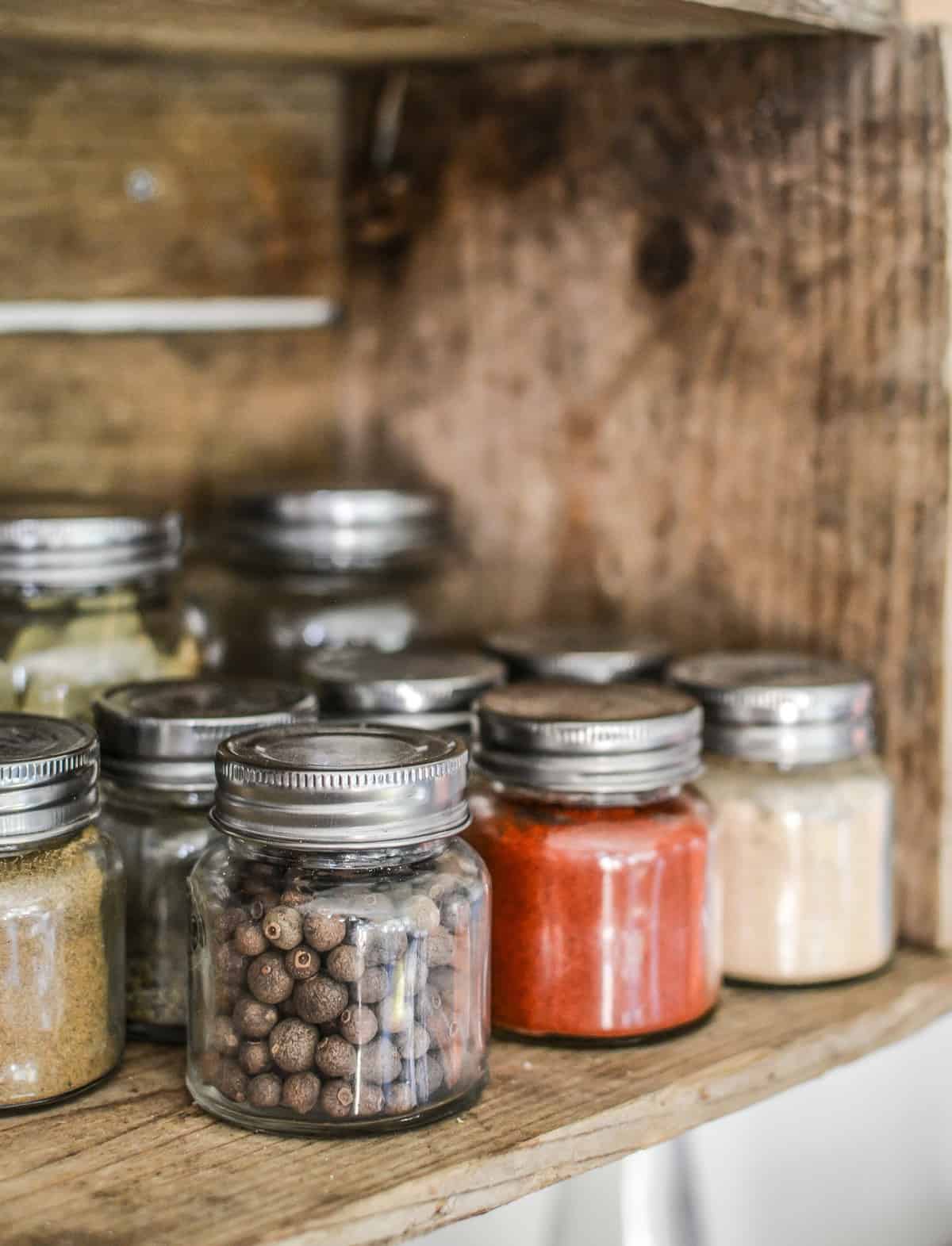
7 Common Herbs to Make Your Healthy Meals Even More Flavorful
7 Common Herbs to Make Your Healthy Meals Even More Flavorful
Today, I am here to chat all about herbs and how to use them to give your healthy meals that extra boost! For a list of best herbs to grow in your garden, check out this Country Living article. Without further ado, here are my top 7 Common Herbs to Make Your Healthy Meals Even More Flavorful!
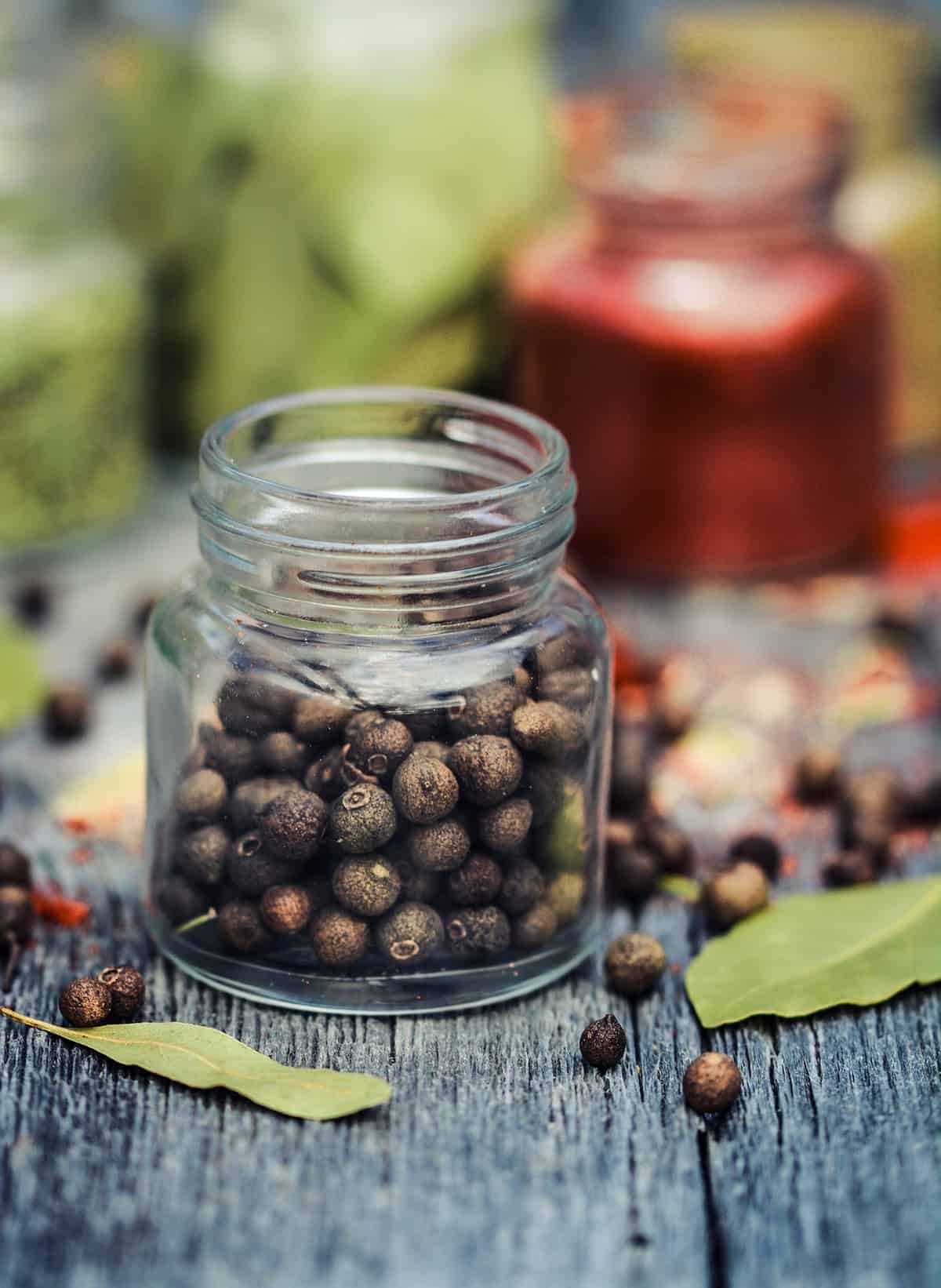
7 Common Herbs to Make Your Healthy Meals Even More Flavorful:
Basil
Basil is one of the most common herbs on the market and these hearty little plants are practically impossible to kill so great for gardening enthusiasts to add to their indoor or outdoor gardens. Basil is super high in restorative properties and is full of antioxidants, antiviral, and antibacterial compounds. Basil has an amazing aroma and an all-around robust flavor profile.
Use it in: Basil can be used in almost any kind of dish but you will most commonly find it in Italian dishes, soups, salad dressings, stews, and egg or tomato-based dishes.
Pro tip: Don’t put your basil in the refrigerator, it will discolor the leaves! To preserve your fresh basil, keep it in a glass of water on your counter.
My favorite recipe: My favorite recipe using basil has to be my Vegan Bolognese Pasta with Plant-Based Meatballs. Yum!
Cilantro
Cilantro might one of the most divisive herbs on my list - some people love it, some people hate it! Personally, I love cilantro and I love adding it to different dishes (not just your usual Mexican fare)! Cilantro is a source of carotenoids that help to protect your body from cell damage and can reduce your risk of some cancers. Cartenoids are also should to help maintain healthy teeth, bones, and eyes. Pretty cool!
Use it in: Cilantro is a staple in most Mexican fare like tacos, guacamole, and salsa but it is also delicious in a variety of other dishes! Try cilantro in rice, salad dressings, salads, and stir fry.
Pro Tip: As I mentioned above, cilantro can be a pretty polarizing herb. Some people even report it makes their food taste like soap - strange!
My favorite recipe: I love using cilantro to spice up my Mexican-inspired dishes, but one of my favorite non-traditional ways to incorporate cilantro is in my Easy Vegan Wild Rice Stuffing.
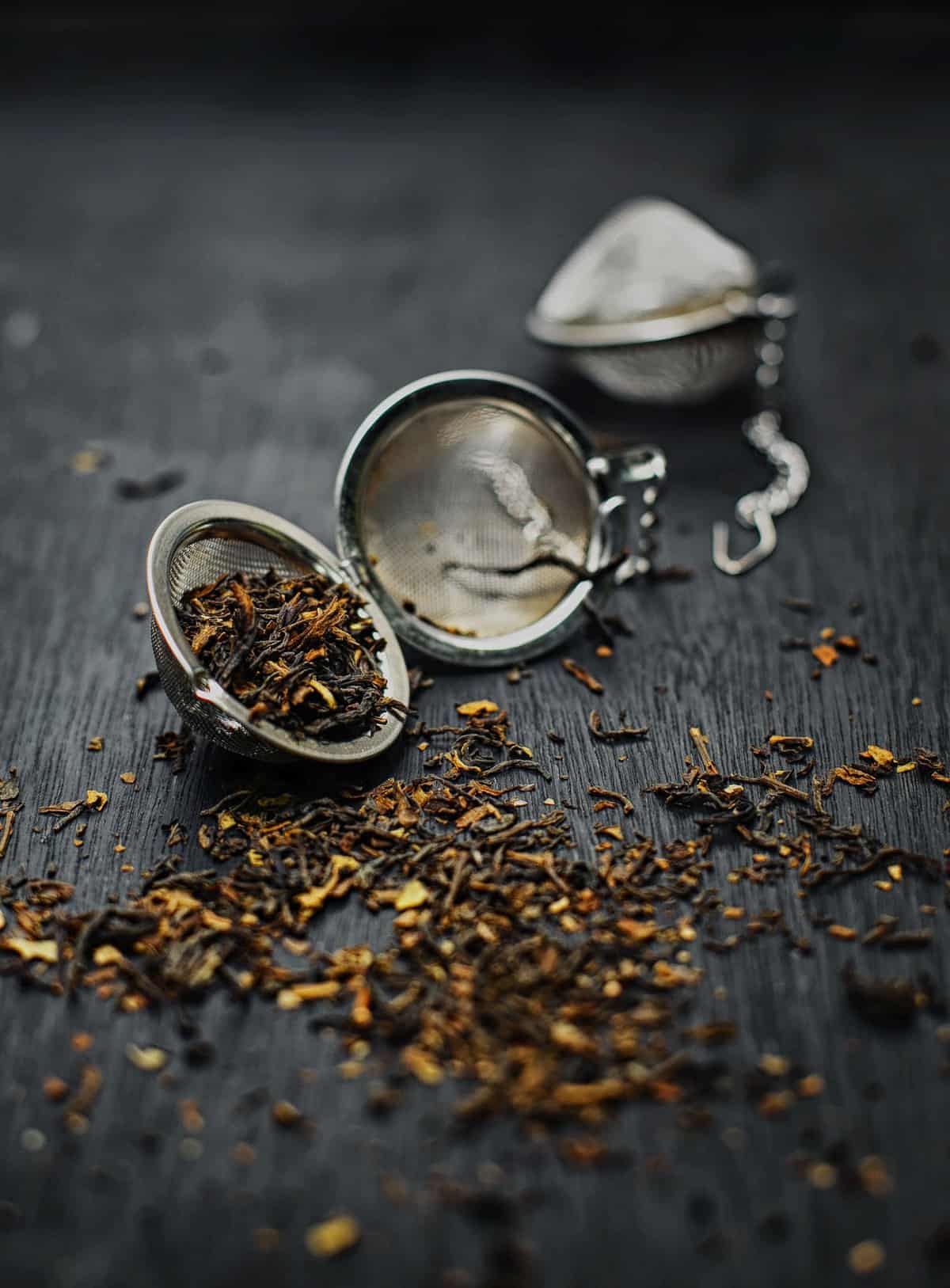
Dill
Dill is easily one of my hands-down favorite herbs to cook with! Dill is a small, wispy little herb that packs a mighty flavor punch. Dill is often used in canning and is a popular flavor for pickles, chips, popcorn seasoning, and anything else you could imagine! Dill is full of detoxifying properties that can help reduce your risk of cancer.
Use it in: Dill is a popular herb to add to salads, fish and lamb dishes, and even potato salad. I actually love the combination of dill and potatoes - smashed baby potatoes with dill is one of my go-to staple side dishes!
Pro tip: Be careful when planting dill in your outdoor space or garden. It is a very aggressive plant that will quickly take up all your soil space, that’s a lot of dill!
My favorite recipe: Dill is a great herb for spicy or Cajun-inspired dishes like this amazing The Best Easy Blackened Shrimp Po' Boy recipe. This is a summertime favorite!
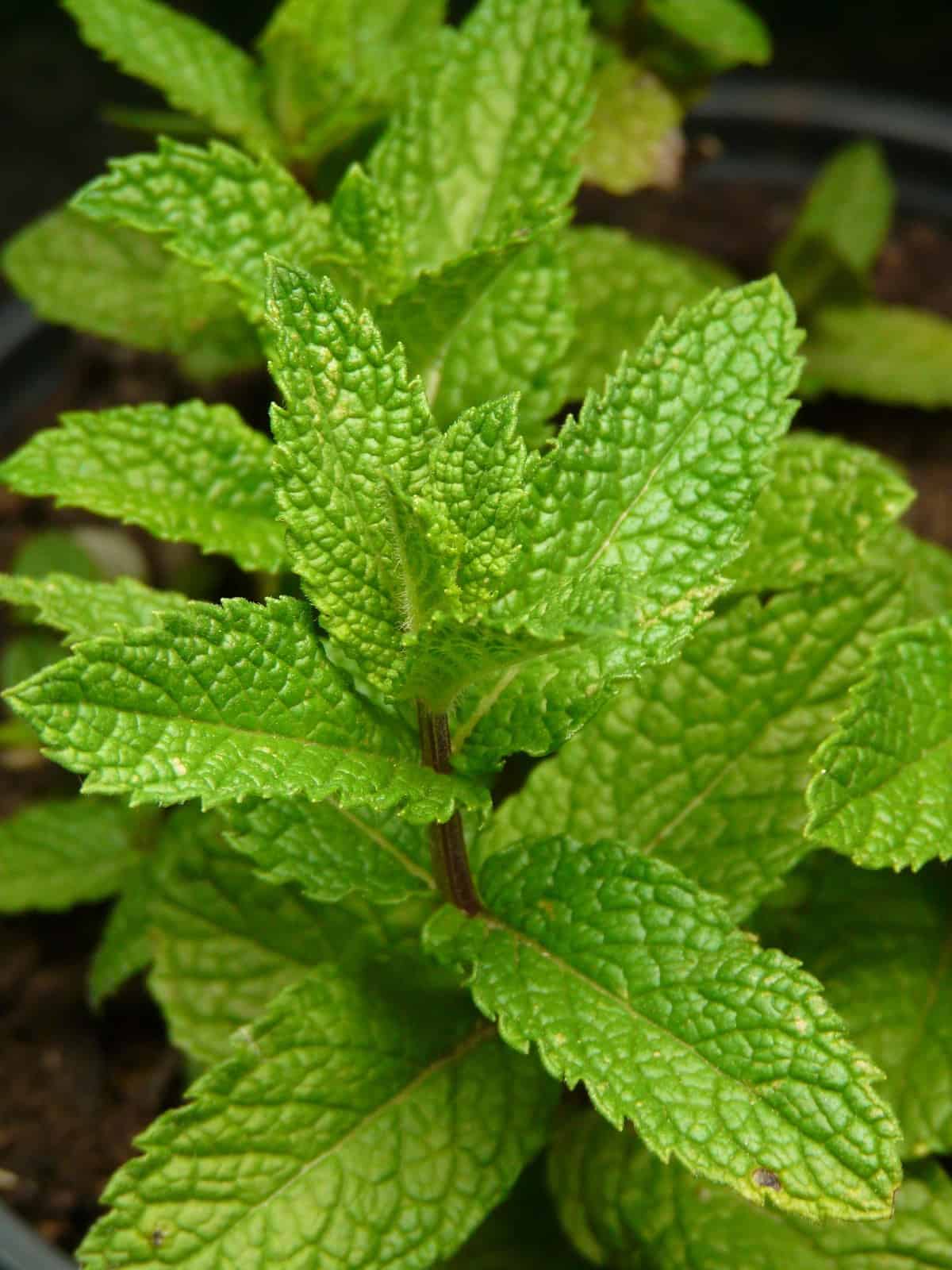
Mint
Mint is another common herb that is super easy to grow and can really amp up the flavor profile of whatever it is you are cooking (or drinking!). Mint is a natural digestive aid and can help to manage your weight. In fact, many people swear by drinking mint-infused water for the numerous health benefits!
Mint works by stimulating the digestive enzymes in your body so this a great herb to add to your meals if you suffer from digestive issues.
Use it in: Mint can be used practically anywhere! Some of my favorite ways to use mint are in salad dressings, on desserts like mint chocolate, and in mocktails or alcoholic beverages.
Pro tip: Mint is another relatively fragile herb. For best results, trim the end of your mint stems and place them in a glass filled with about one inch of water. Cover this class with a loose-fitting bag and place it in the refrigerator. It is important for air to be able to circulate through the bag to prevent molding.
My favorite recipe: I have a ton of mint-infused mocktail recipes on my blog but some of my favorites are this Citrus Honey Lime Mint Mocktail and
Fresh Watermelon Cucumber Mint Juice.
Sage
Sage is another super popular, albeit a bit more pricey herb. Sage is full of antioxidants and flavonoids which can help to decrease the risk of heart disease and stroke. Because of its’ strong flavor, sage is often fried before adding to dishes especially meat-based dishes.
Use it in: Sage is a mint-like herb with a slight pepper flavor and it is great for meat and vegetable dishes like fish, pork, and poultry. Sage can also be used in butter mixtures, marinades, and even cocktails!
Pro tip: Do not consumer sage when pregnant as it can cause uterine contractions.
My favorite recipe: One of my fave recipes using sage is these delicious Cranberry Jerk Meatballs + Herbed Mashed Potatoes. The ultimate comfort food!
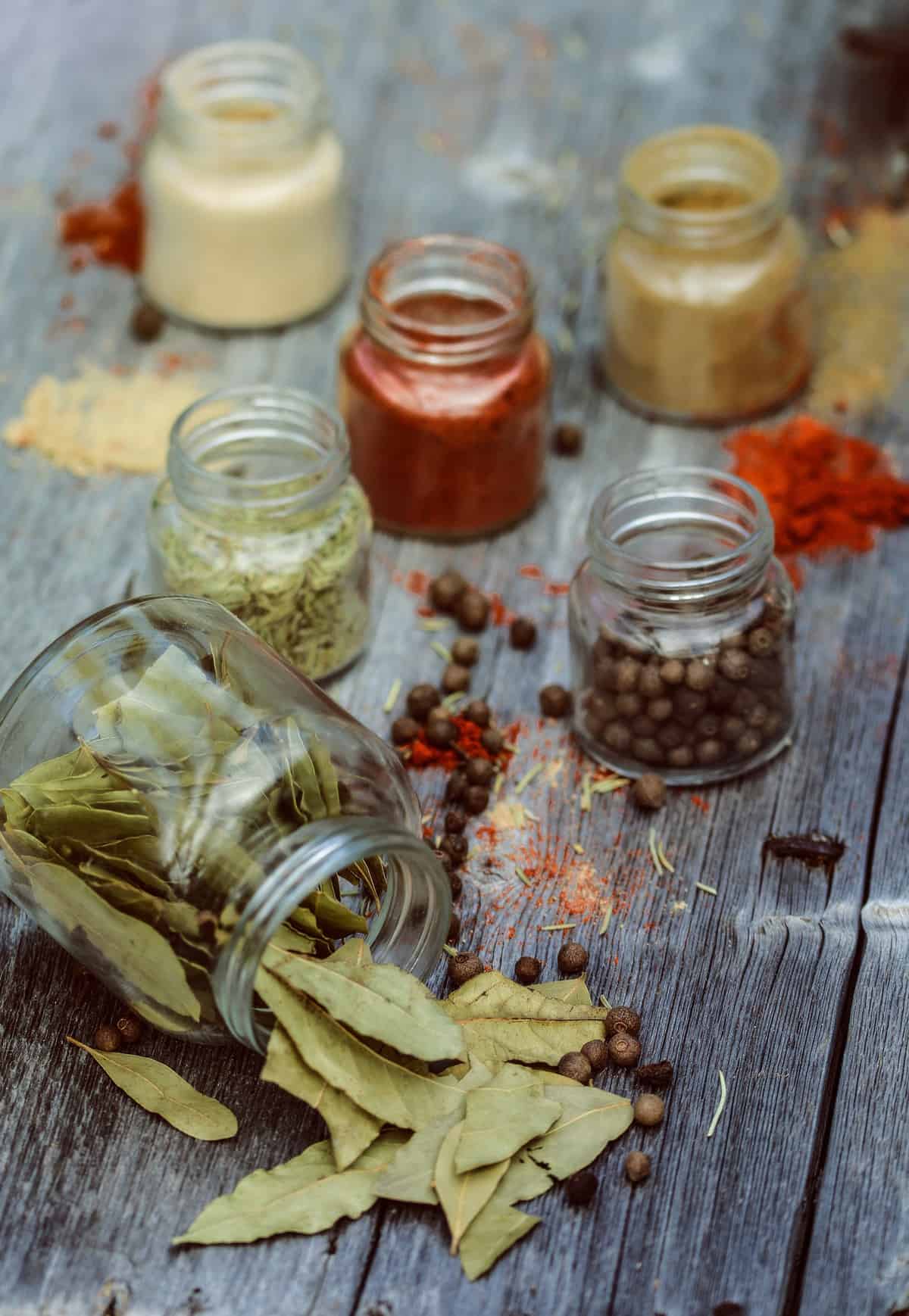
Oregano
Oregano is an amazingly versatile herb that can be used in a variety of dishes but primarily in Mediterranean and Mexican dishes. I love oregano as a natural flavor booster and oregano is one of the best herbs to store in its dried form. Oregano is full of fiber and has tons of medicinal properties like curing a headache or sore muscles. Oregano is rich in antioxidants and other naturally occurring properties that can help prevent cell damage that causes many common chronic diseases. Oil of oregano is a must of traditional medicine and healing!
Use it in: Pretty much anything from egg dishes to salad dressings, soups and tomato dishes. I love oregano as a flavor booster on top of my pizza!
Pro tip: Dried oregano still has a lot of the health benefits of fresh oregano but be sure to use proper care when handling it. Dried oregano should be stored in a dry, dark place in a sealed glass container. As with many herbs, I recommend throwing any unused herbs away after six months as they start to lose their flavor and health benefits after this stage.
My favorite recipe: As a topping on pizza of course! For a Jamaican twist on classic comfort food, I love this recipe for the Best Homemade Jamaican Jerk Chicken Pizza.

Thyme
Thyme is a very aromatic and slightly lemony herb that is super high in antioxidants. Like most herbs, thyme is best used when fresh to lock in those nutrients and disease-fighting properties. Thyme is also shown to have profound impacts on a bacteria called helicobacter pylori, which is a bacteria in our bodies that causes ulcers. Thyme is best used when it is moist and it is highly aromatic so best to use in small, gradual steps so as not to overpower the flavor of your dish.
Use it in: Thyme is often used in French cuisine, as well as in rice dishes, sauces, dips, soups and stews, and poultry dishes. Thyme is also a common ingredient in a number of casserole dishes!
Pro tip: Don’t eat the woody stem of the thyme! To pull off the leaves without wrecking them run a knife along the back of the stem in the opposite direction of the way the leaves are growing.
My favorite recipes: Thyme is a super versatile herb and is one of my favorites when it comes to making herb-infused juices and mocktails. Recipes I love using thyme include Spicy One-Pot Jerk Chicken and Dumplings, Apple Cheddar Thyme Pie, and Honey Grapefruit Pineapple Thyme Mocktail.
What are your favorite herbs that you can’t live without? Any I missed from my list? Let me know in the comments below!








LOVE THIS RECIPE?
LET US KNOW!